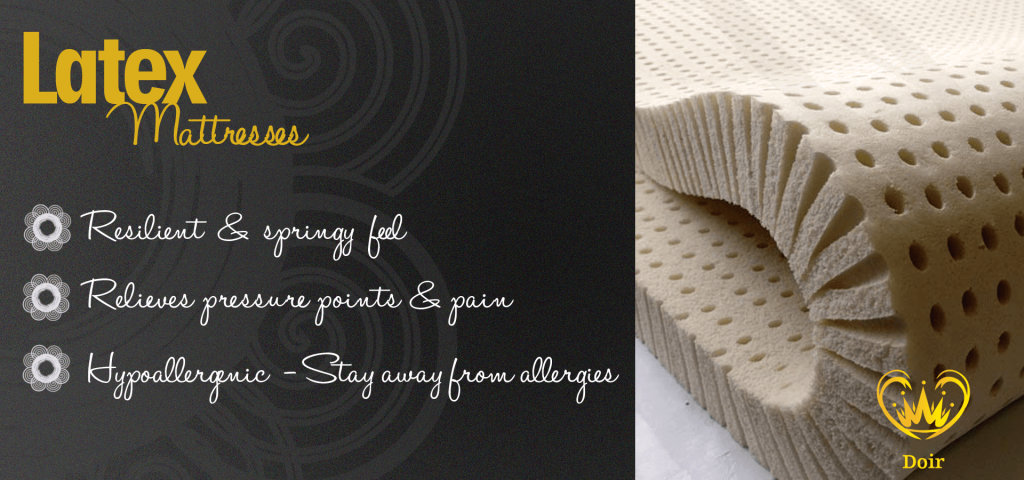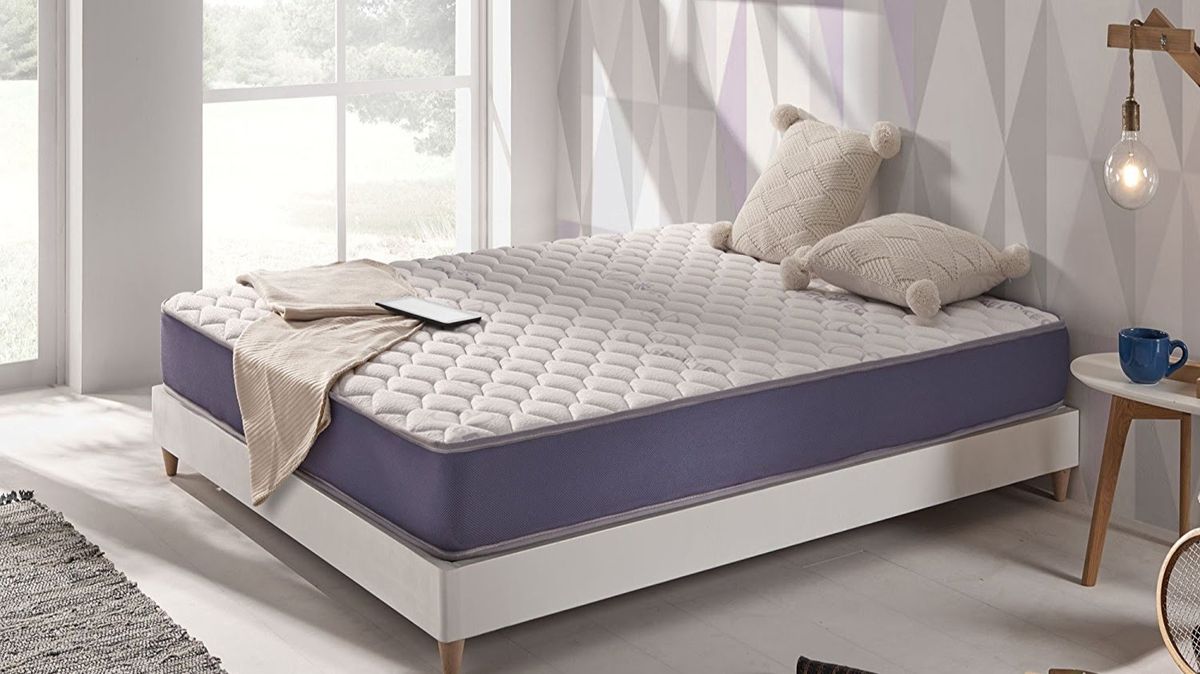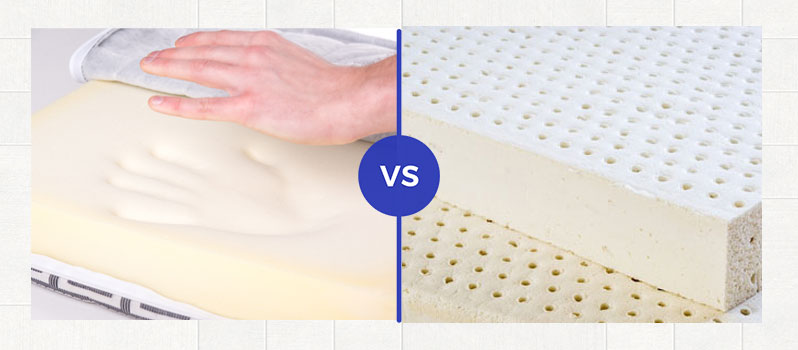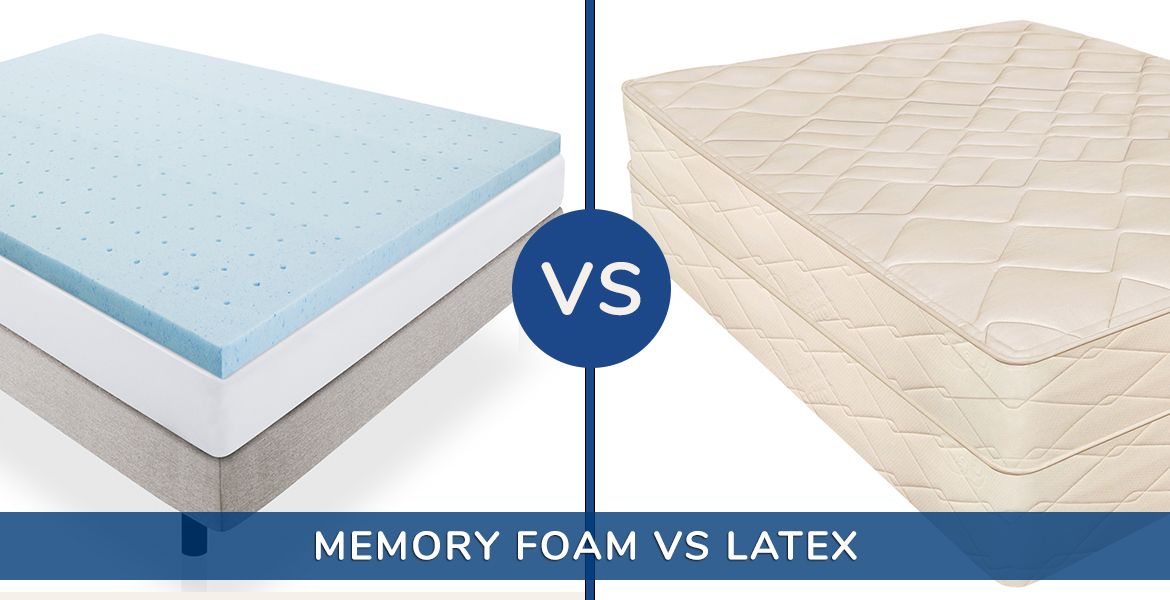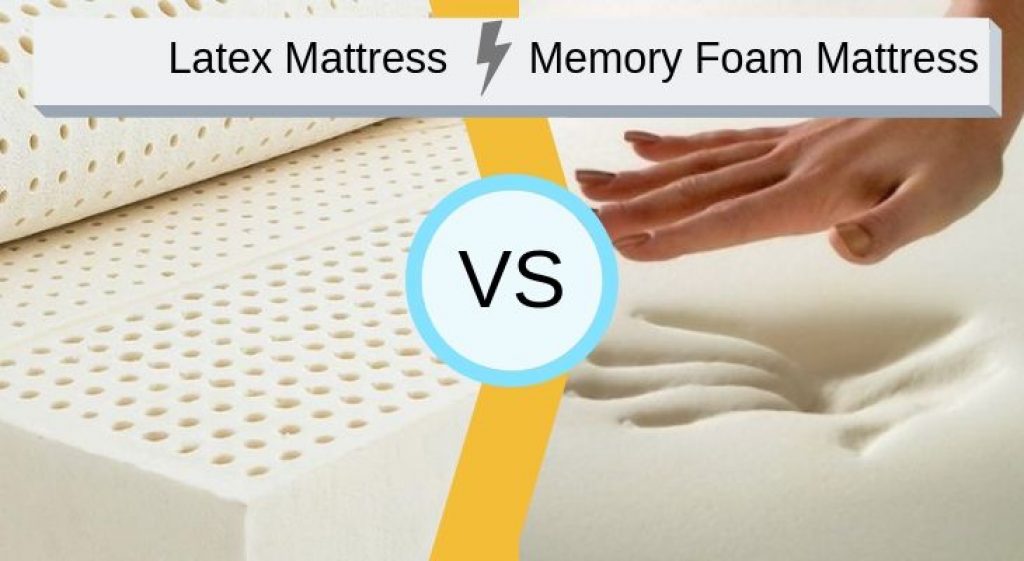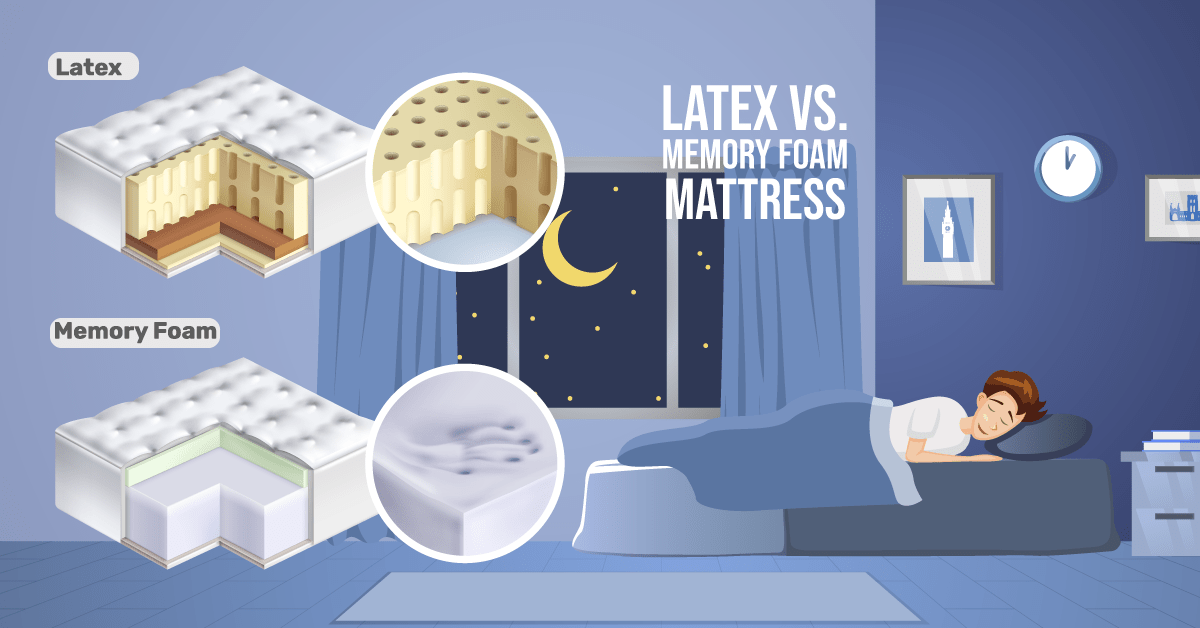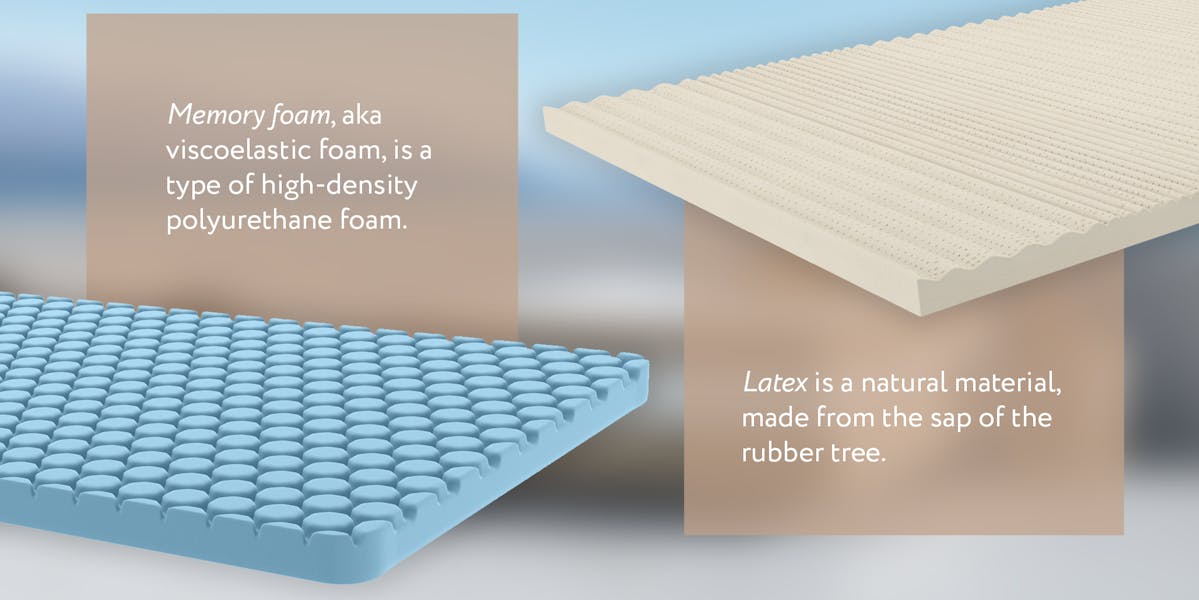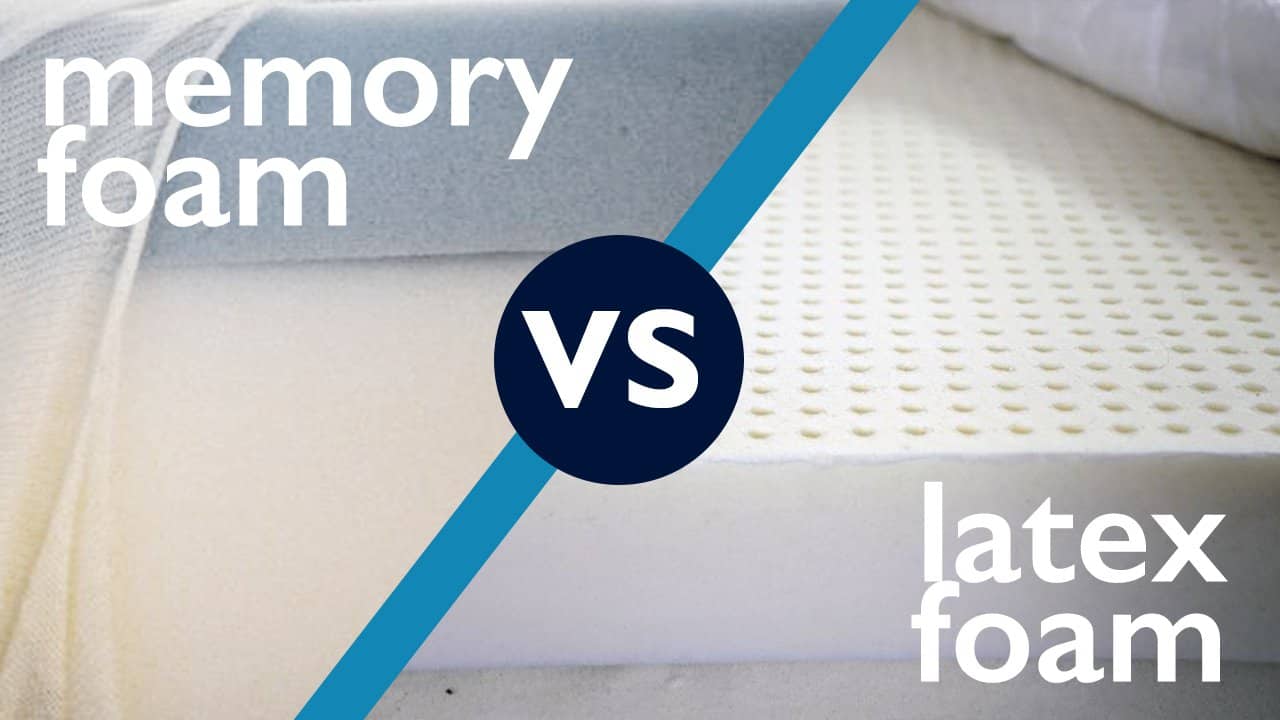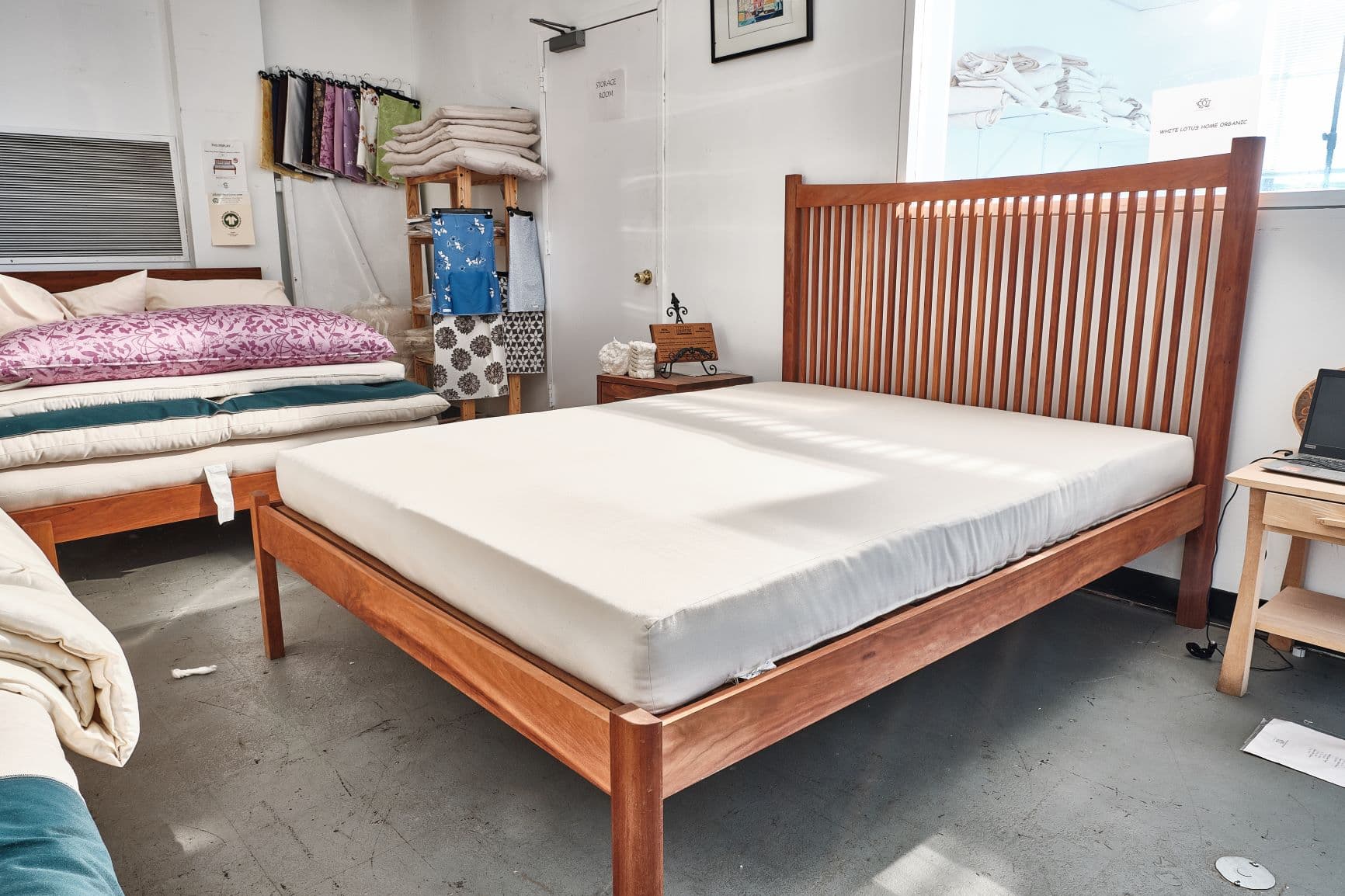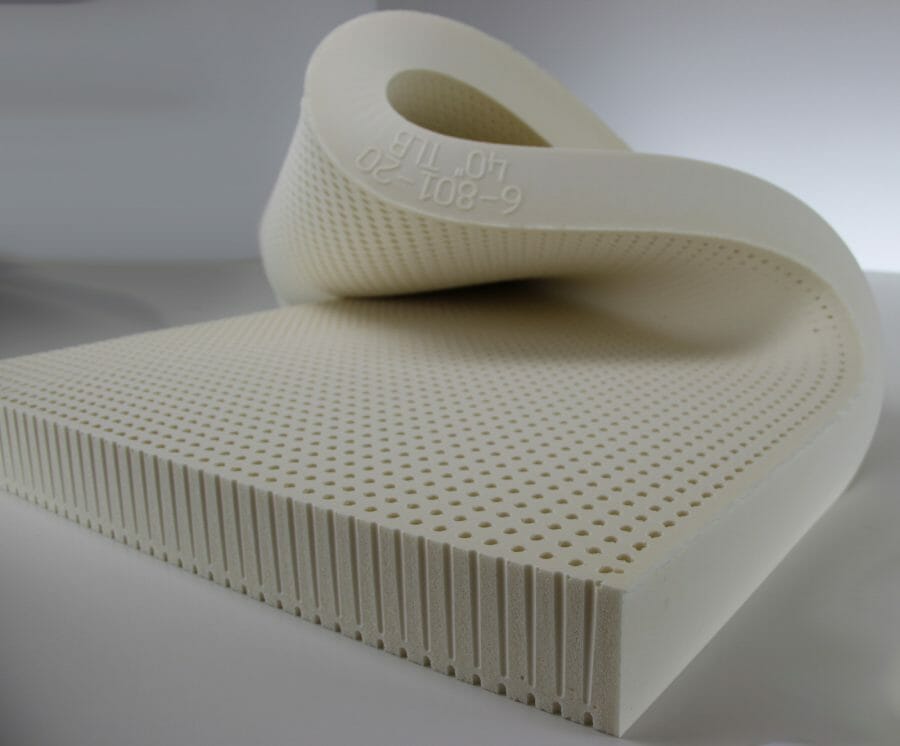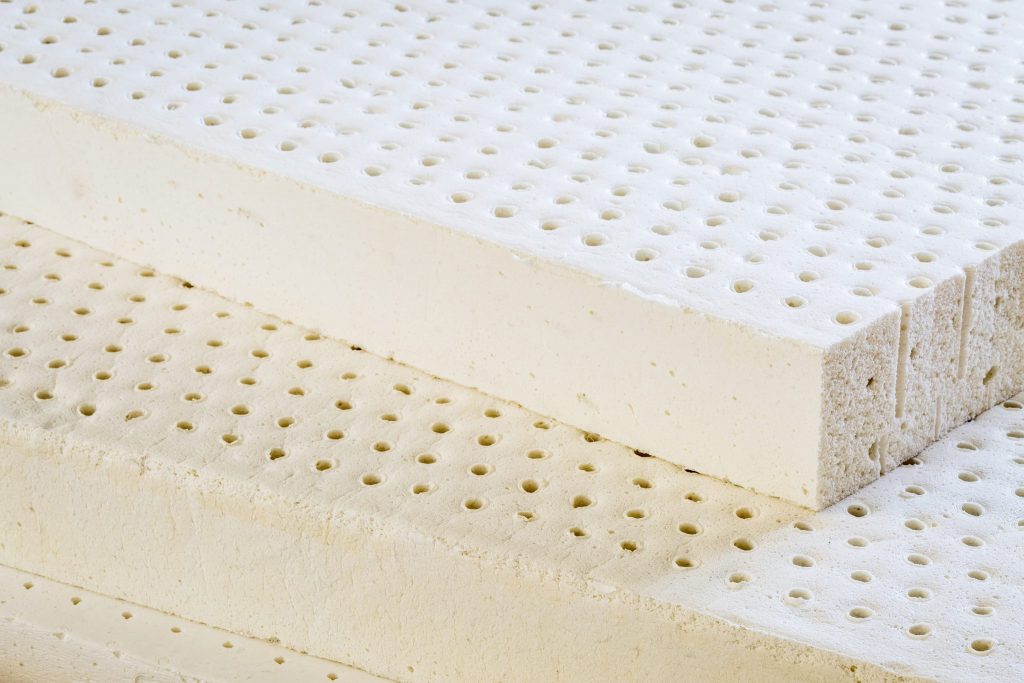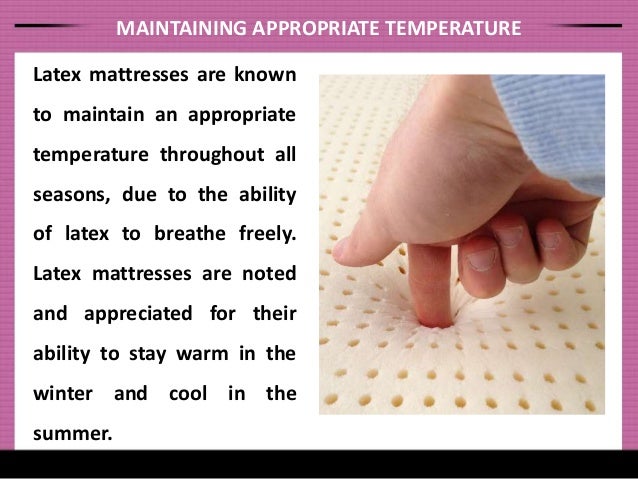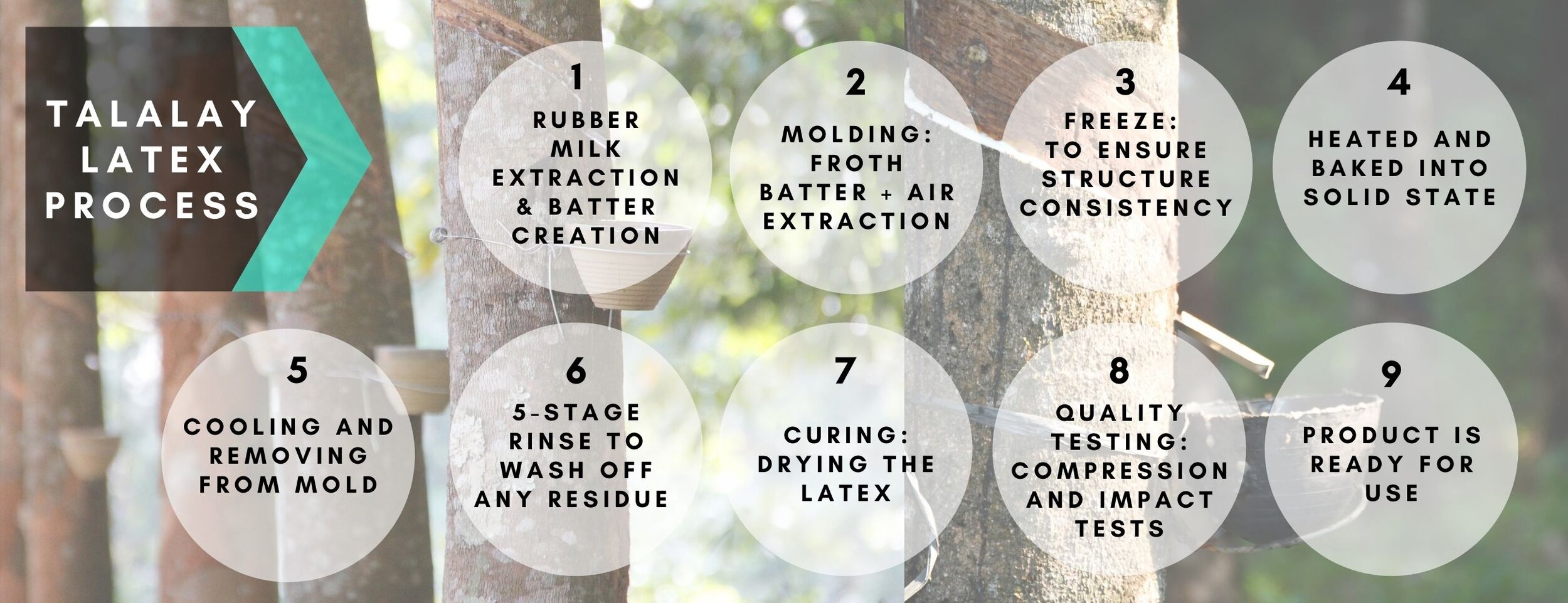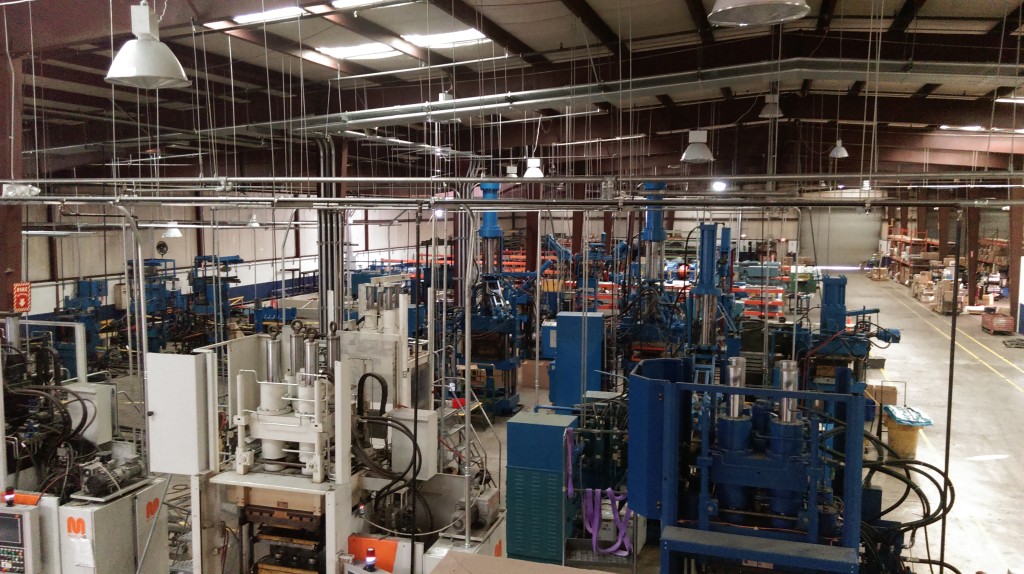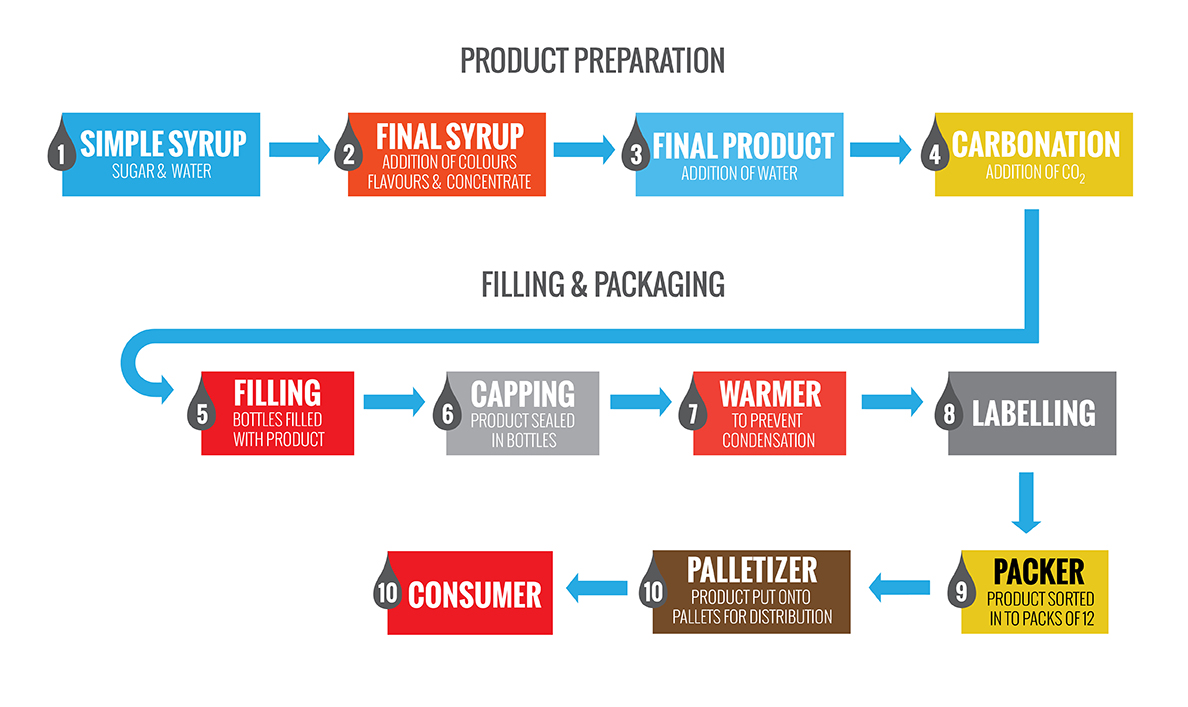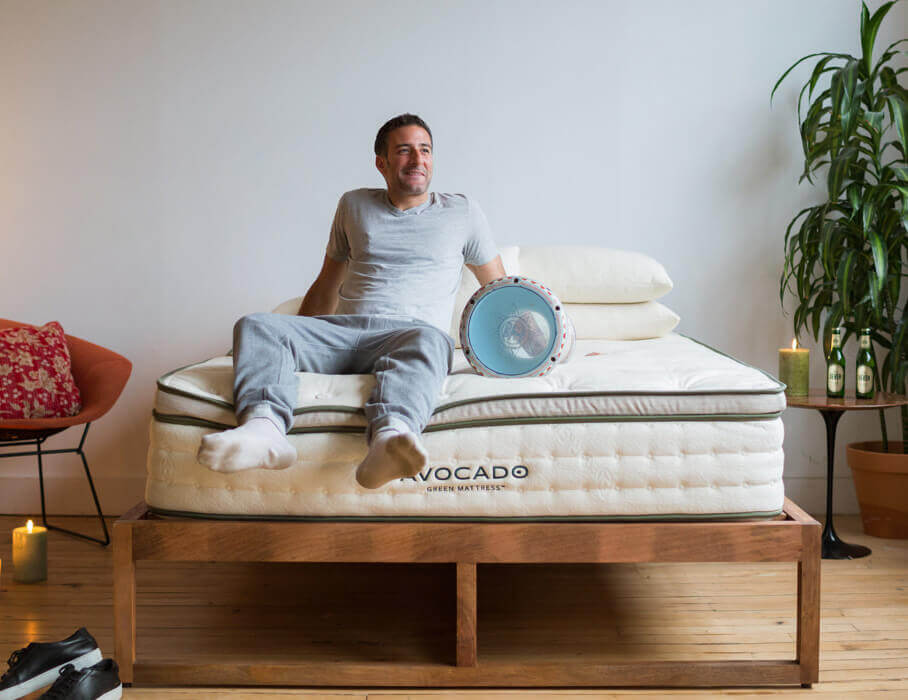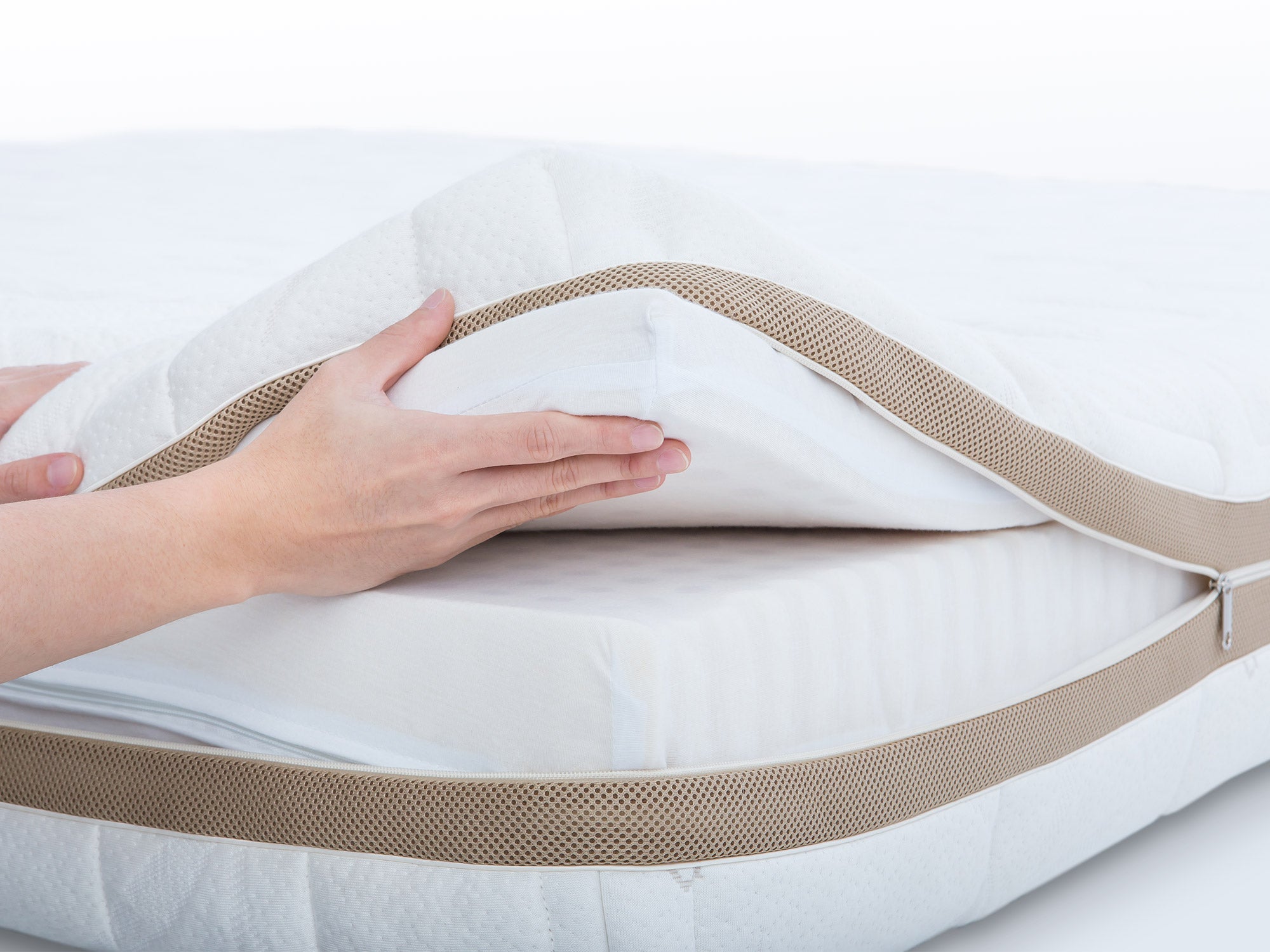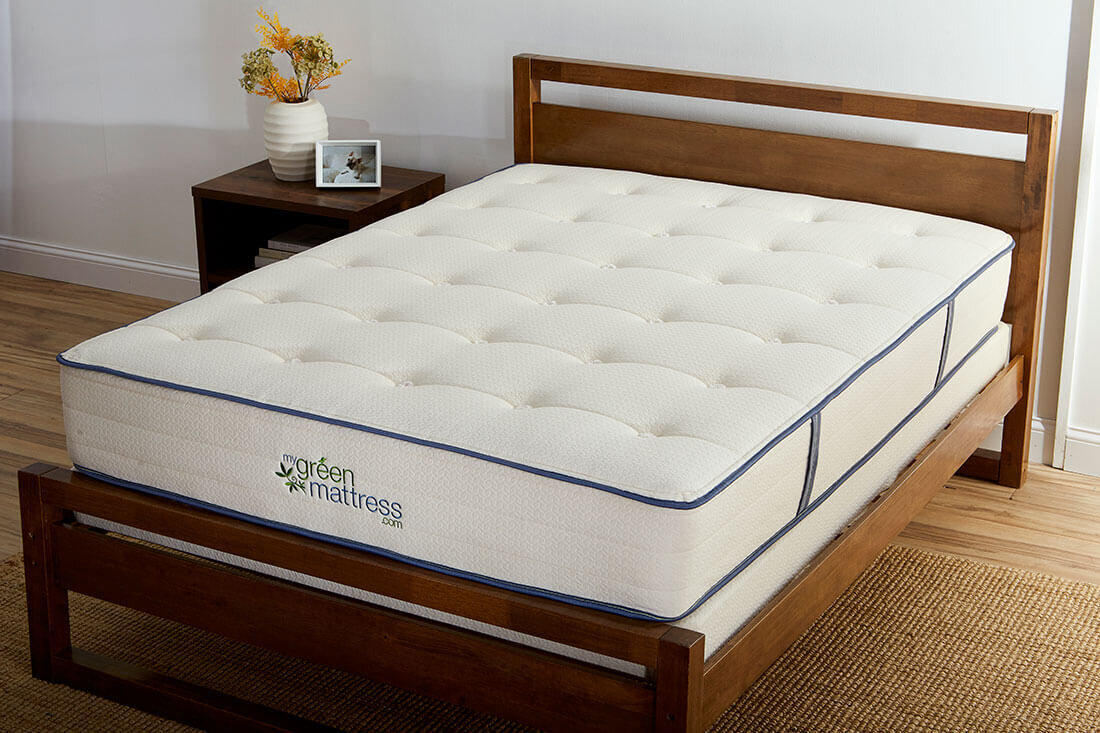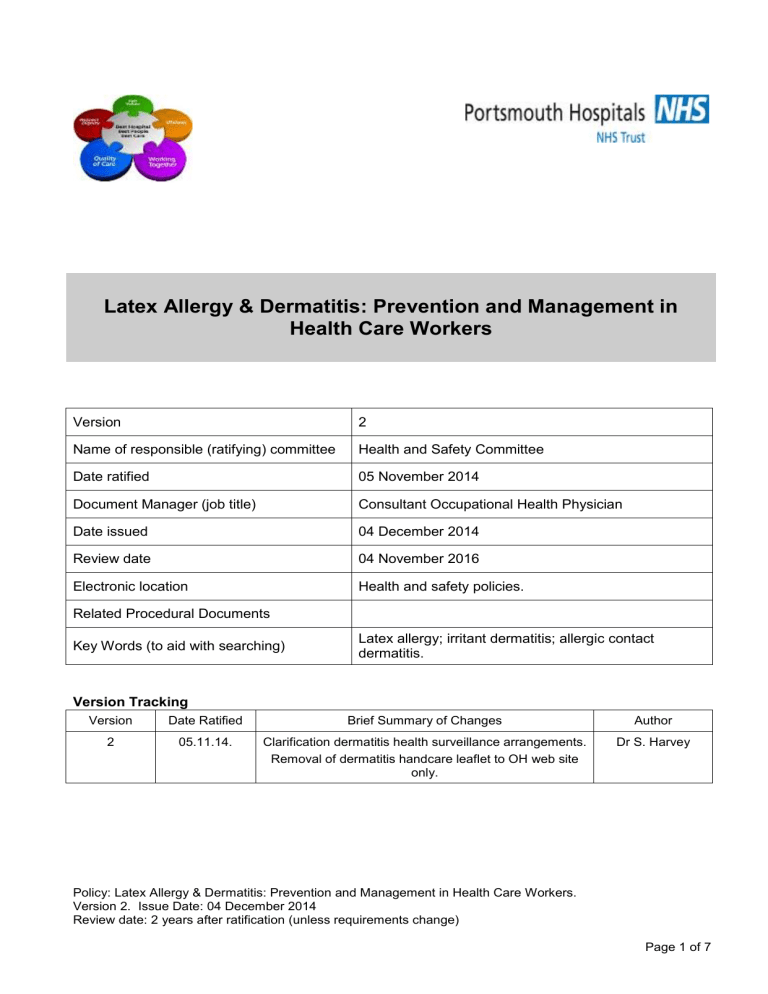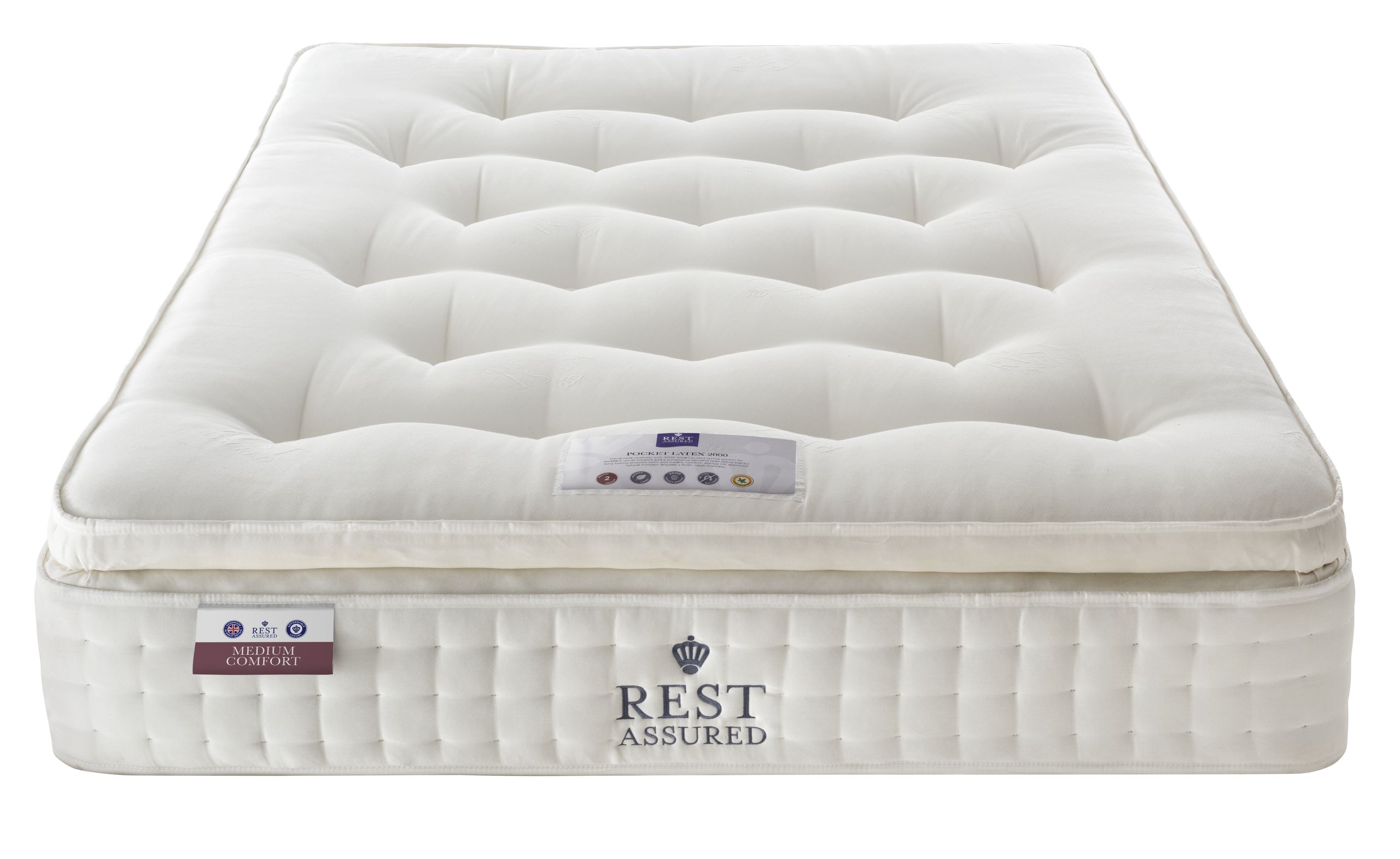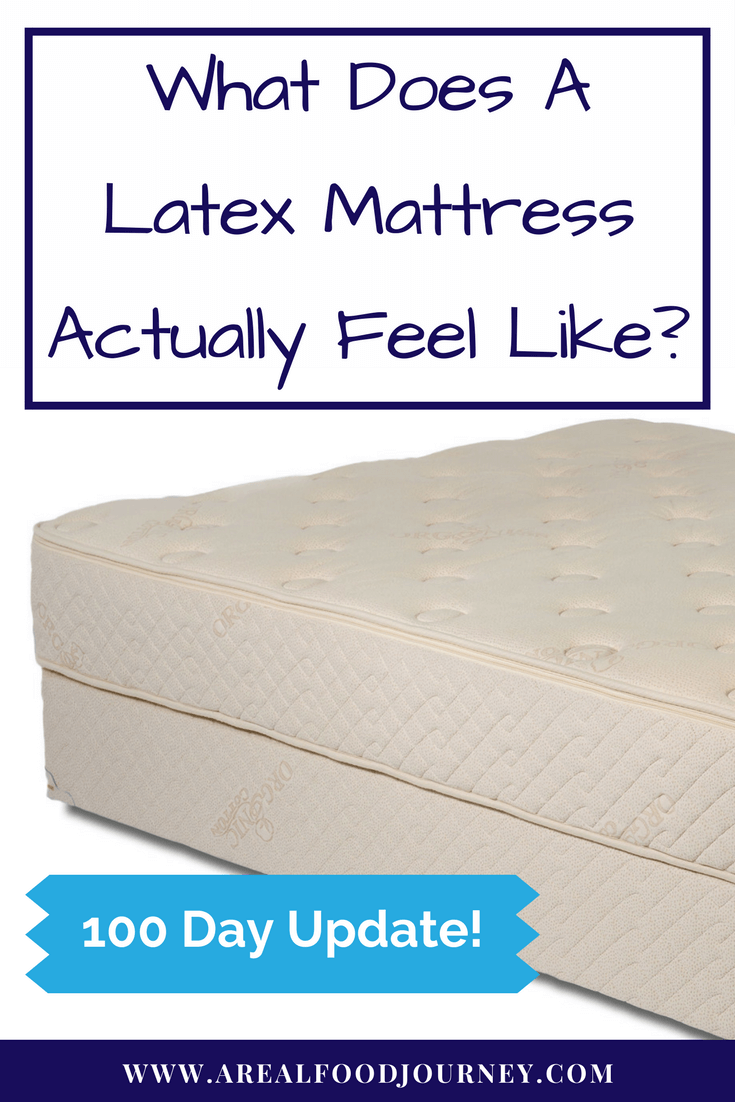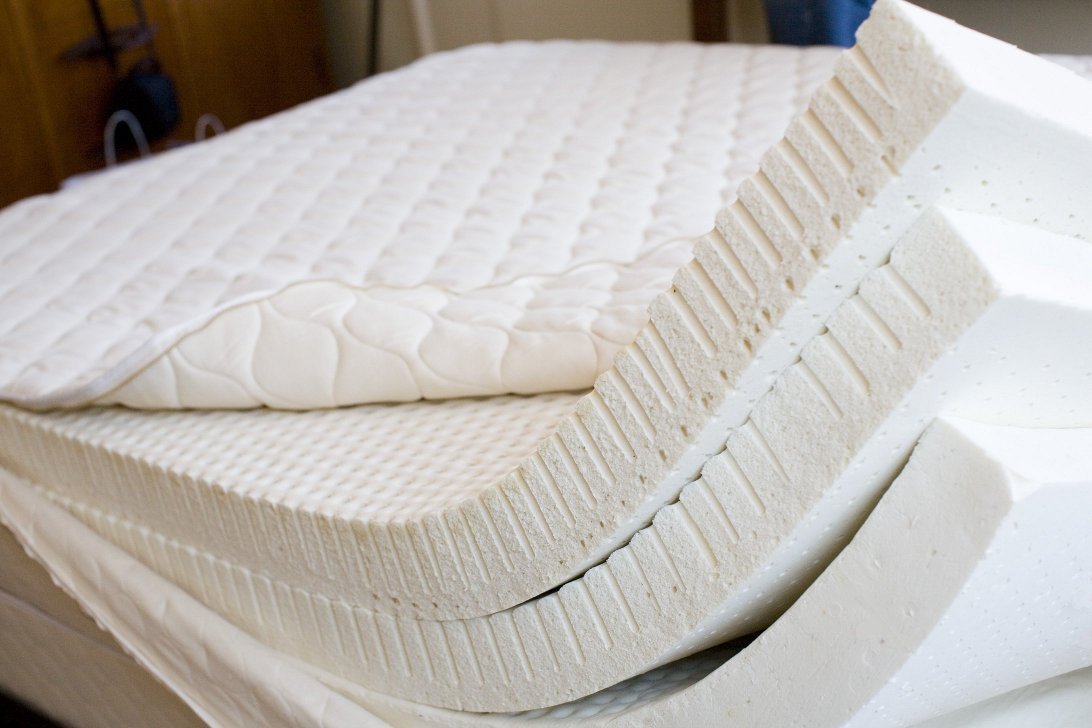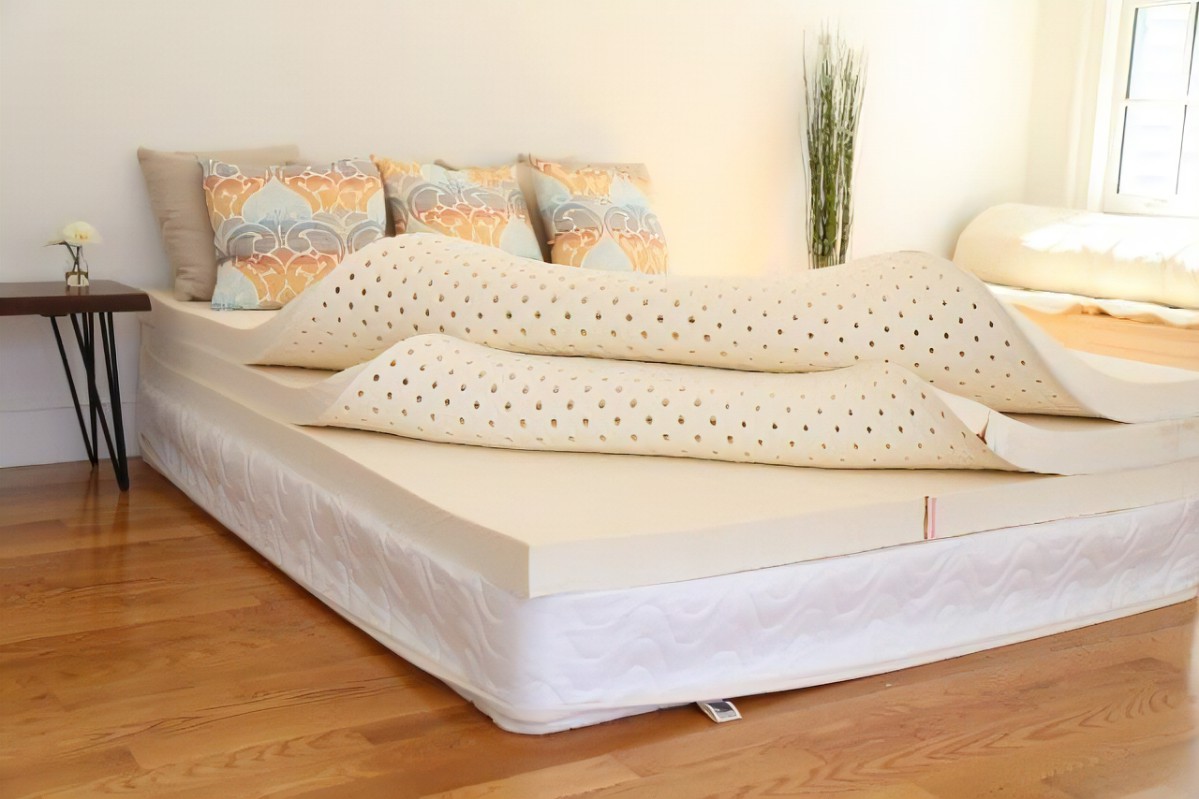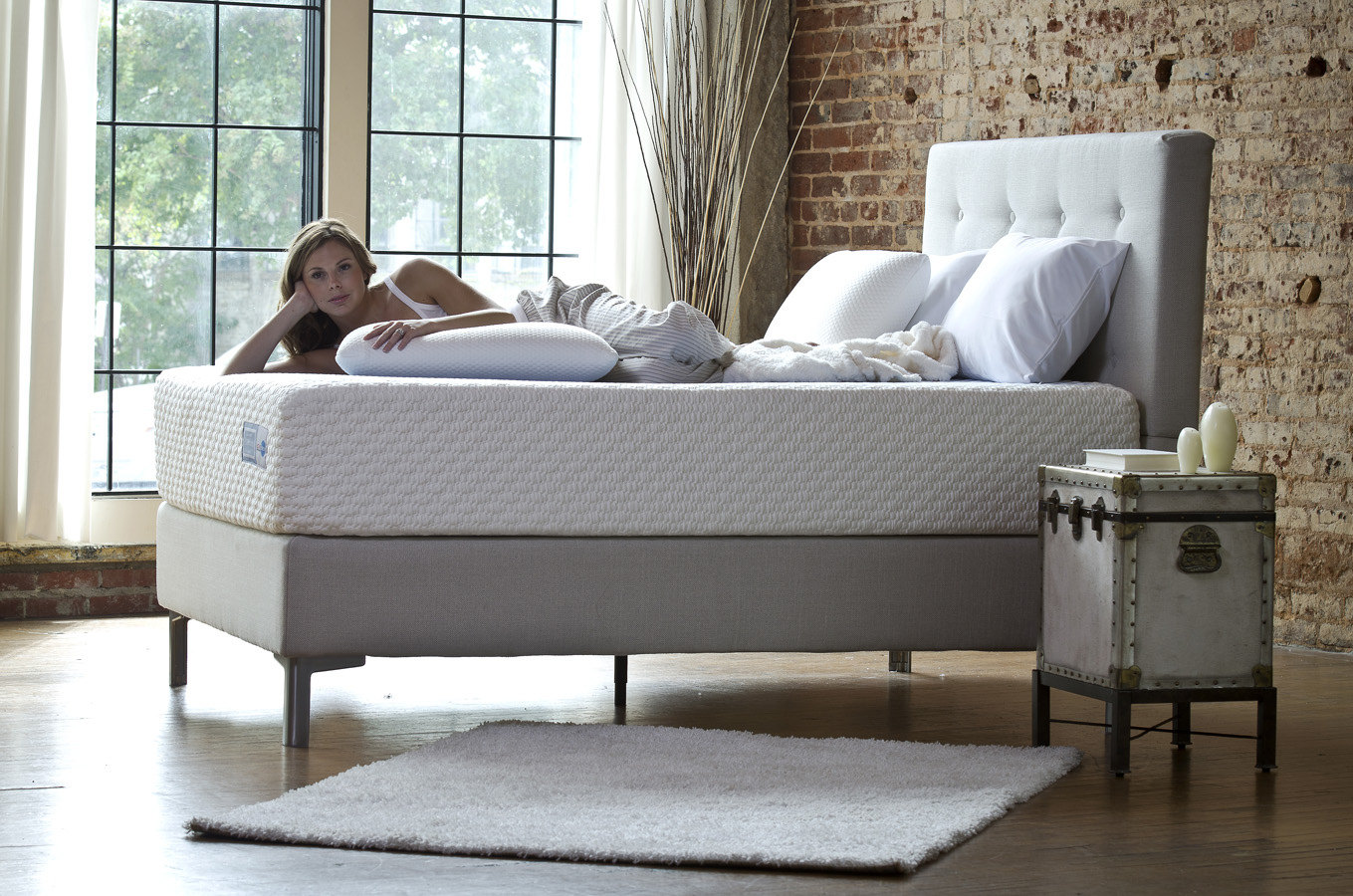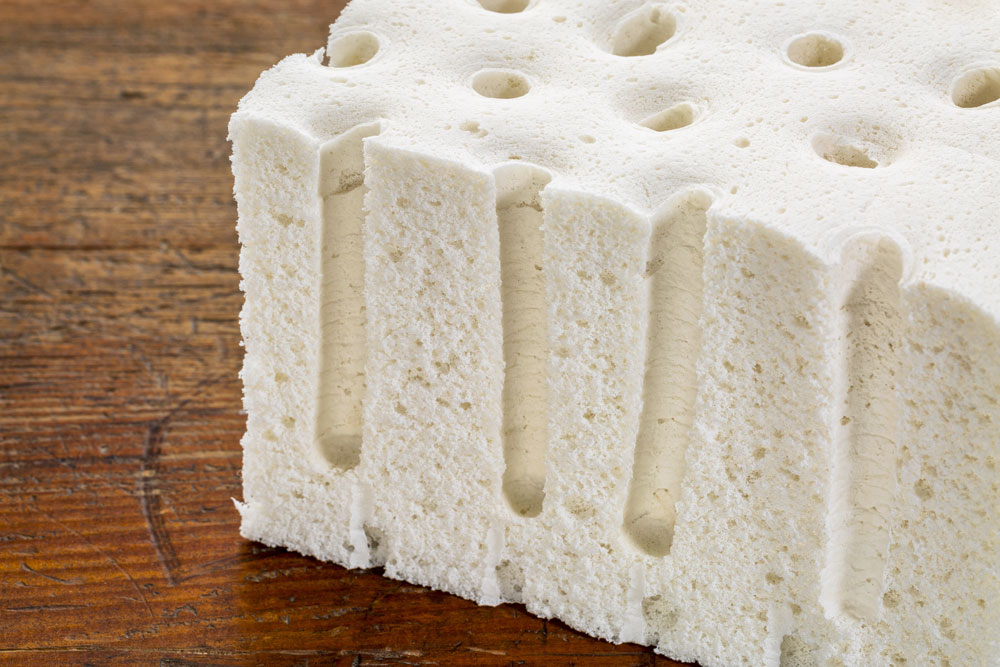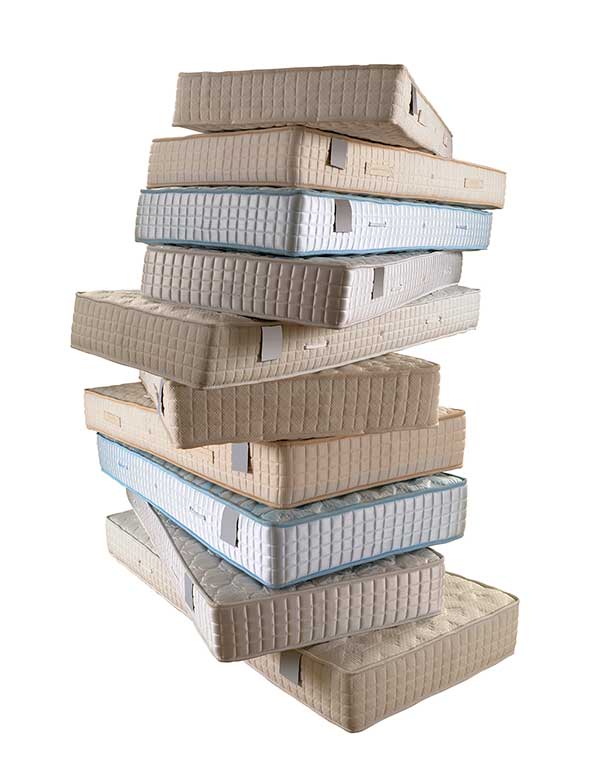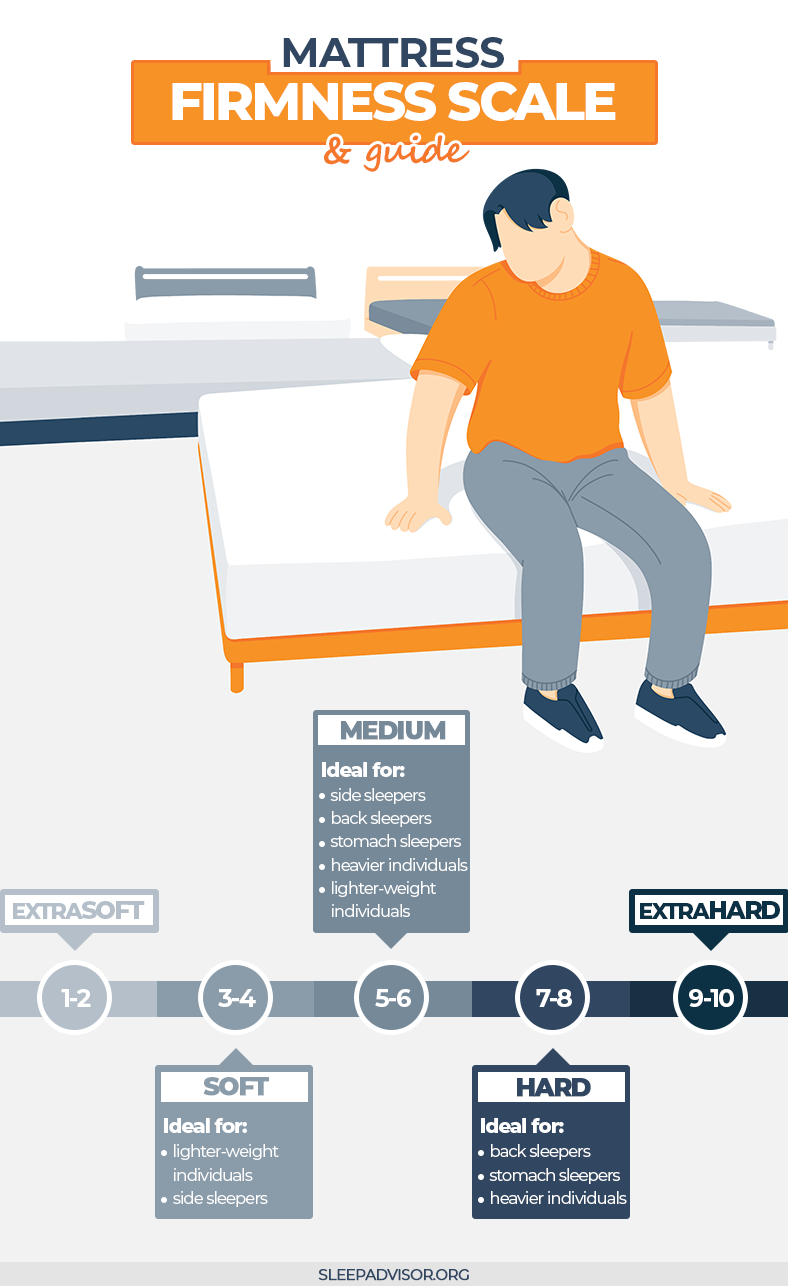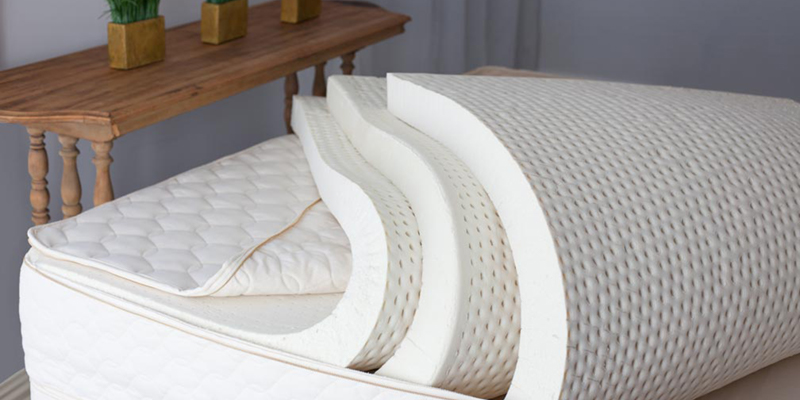Latex Mattresses: What You Need to Know
When it comes to choosing a new mattress, there are a plethora of options available on the market. One type of mattress that has been gaining popularity in recent years is the latex mattress. Made from natural or synthetic rubber, these mattresses offer a unique combination of comfort, support, and sustainability. In this article, we will delve into the top 10 latex processes used in the manufacturing of latex mattresses.
Latex Mattresses: The Pros and Cons
Before we dive into the different latex processes, it's important to understand the pros and cons of owning a latex mattress. On the plus side, latex mattresses are known for their durability, as they can last up to 15 years. They also provide excellent support, as they conform to the body's shape and relieve pressure points. Additionally, latex is a natural material, making it a great eco-friendly option for those looking to reduce their carbon footprint.
However, one of the downsides of latex mattresses is their high price point. They can also have a distinct smell when first purchased, although this usually fades over time. It's also important to note that some people may have an allergic reaction to latex, so it's best to test it out before making a purchase.
Latex Mattresses vs. Memory Foam: Which is Better?
When it comes to choosing between a latex mattress and a memory foam mattress, it ultimately comes down to personal preference. Both offer great support and can conform to the body's shape. However, latex mattresses are known for being more breathable and cooler, making them a better option for hot sleepers. Memory foam, on the other hand, can retain heat and cause discomfort for some individuals.
How Latex Mattresses are Made
Latex mattresses are made using either the Dunlop or Talalay process. Both processes involve pouring liquid latex into a mold and then vulcanizing it to create a solid foam. The main difference between the two processes is that Dunlop mattresses are denser and firmer, while Talalay mattresses are softer and more lightweight. The choice between the two ultimately depends on personal preference and the desired feel of the mattress.
The Benefits of Latex Mattresses for Your Health
Aside from providing a comfortable and supportive sleeping surface, latex mattresses also offer several health benefits. Due to their ability to relieve pressure points, they can help alleviate back and joint pain. They are also naturally hypoallergenic, making them a great choice for those with allergies or asthma. Latex mattresses are also resistant to dust mites, mold, and mildew, making them a healthier option for your bedroom.
Understanding the Latex Manufacturing Process
The manufacturing process of latex mattresses is a complex one that involves several steps. First, the liquid latex is whipped with air to create a foam, which is then poured into a mold and heated to vulcanize it. After that, the latex foam is washed, dried, and cut into the desired size and shape. Some manufacturers may also add additional layers, such as cotton or wool, for added comfort and support.
Latex Mattresses: A Sustainable and Eco-Friendly Choice
One of the main reasons why people choose latex mattresses is their sustainability and eco-friendliness. Latex is a renewable resource, as it comes from rubber trees that can be harvested without harming the tree. It's also biodegradable, meaning it will eventually break down over time. Additionally, many latex mattresses are made with organic and natural materials, making them a great choice for those looking to reduce their environmental impact.
Latex Mattresses: The Best Choice for Allergy Sufferers
If you suffer from allergies, then a latex mattress may be the perfect solution for you. As mentioned earlier, latex mattresses are naturally hypoallergenic and resistant to dust mites, mold, and mildew. This makes them a healthier option for your bedroom, as they can help reduce allergy symptoms and improve overall sleep quality. Just be sure to choose a natural or organic latex mattress to avoid any potential synthetic materials that may cause allergies.
How to Care for Your Latex Mattress
To ensure the longevity of your latex mattress, it's important to properly care for it. First and foremost, make sure to rotate your mattress every 3-6 months to prevent uneven wear. If your mattress has a removable cover, be sure to wash it regularly to keep it clean and free from dust and allergens. It's also important to avoid using harsh chemicals or cleaning products on your mattress, as this can damage the latex foam.
Latex Mattresses: Finding the Right Firmness for You
When purchasing a latex mattress, it's important to consider the level of firmness that best suits your needs. Unlike other mattress types, latex mattresses come in a range of firmness options, from soft to very firm. The ideal firmness level will depend on your personal preferences, sleeping position, and body weight. Be sure to test out different firmness levels before making a purchase to find the one that provides the most comfortable and supportive sleep for you.
In conclusion, latex mattresses offer a unique combination of comfort, support, and sustainability. Whether you choose a natural or synthetic latex mattress, understanding the different latex processes and their benefits can help you make an informed decision when it comes to purchasing a new mattress. With proper care, a latex mattress can provide you with a good night's sleep for years to come.
Why Latex Mattresses and Processes are Essential for a Perfect House Design

The Importance of Choosing the Right Mattress
 When it comes to designing your dream house, every little detail counts. From the color of the walls to the type of furniture, every decision plays a crucial role in creating the ideal living space. However, one aspect that often gets overlooked is the mattress. Many people tend to focus on the aesthetics of their bedroom and neglect the importance of choosing the right mattress. This is where
latex mattresses
and
latex processes
come into the picture.
When it comes to designing your dream house, every little detail counts. From the color of the walls to the type of furniture, every decision plays a crucial role in creating the ideal living space. However, one aspect that often gets overlooked is the mattress. Many people tend to focus on the aesthetics of their bedroom and neglect the importance of choosing the right mattress. This is where
latex mattresses
and
latex processes
come into the picture.
The Benefits of Latex Mattresses and Processes
 Latex mattresses are made from natural materials, primarily rubber trees, making them a more eco-friendly option compared to other types of mattresses. They are also known for their durability and can last up to 20 years, making them a great investment for your house. Latex mattresses also offer excellent support and are suitable for all types of sleepers, including those with back pain. The natural elasticity of latex provides proper spinal alignment, resulting in a comfortable and restful sleep.
In addition to the mattress itself, the
latex process
is also an essential factor to consider when designing your house. The process involves heating and curing natural latex, resulting in a highly durable and supportive material. This process also makes latex mattresses hypoallergenic and resistant to dust mites, making them an excellent choice for those with allergies or asthma.
Latex mattresses are made from natural materials, primarily rubber trees, making them a more eco-friendly option compared to other types of mattresses. They are also known for their durability and can last up to 20 years, making them a great investment for your house. Latex mattresses also offer excellent support and are suitable for all types of sleepers, including those with back pain. The natural elasticity of latex provides proper spinal alignment, resulting in a comfortable and restful sleep.
In addition to the mattress itself, the
latex process
is also an essential factor to consider when designing your house. The process involves heating and curing natural latex, resulting in a highly durable and supportive material. This process also makes latex mattresses hypoallergenic and resistant to dust mites, making them an excellent choice for those with allergies or asthma.
Incorporating Latex Mattresses and Processes into Your House Design
 Now that we have established the benefits of latex mattresses and processes, how can you incorporate them into your house design? One way is by choosing a latex mattress that complements your bedroom's overall aesthetic. With various styles and designs available, you can find a latex mattress that not only provides comfort but also adds to the overall look of your bedroom.
Another way to incorporate latex processes into your house design is by opting for latex pillows or mattress toppers. These accessories can provide additional support and comfort while also enhancing the overall design of your bedroom.
In conclusion, when it comes to creating the perfect house design, every detail matters. Choosing a
latex mattress
and understanding the
latex process
can make a significant difference in the overall comfort and aesthetics of your bedroom. So, the next time you are designing your dream house, don't forget to consider the benefits of latex mattresses and processes.
Now that we have established the benefits of latex mattresses and processes, how can you incorporate them into your house design? One way is by choosing a latex mattress that complements your bedroom's overall aesthetic. With various styles and designs available, you can find a latex mattress that not only provides comfort but also adds to the overall look of your bedroom.
Another way to incorporate latex processes into your house design is by opting for latex pillows or mattress toppers. These accessories can provide additional support and comfort while also enhancing the overall design of your bedroom.
In conclusion, when it comes to creating the perfect house design, every detail matters. Choosing a
latex mattress
and understanding the
latex process
can make a significant difference in the overall comfort and aesthetics of your bedroom. So, the next time you are designing your dream house, don't forget to consider the benefits of latex mattresses and processes.








